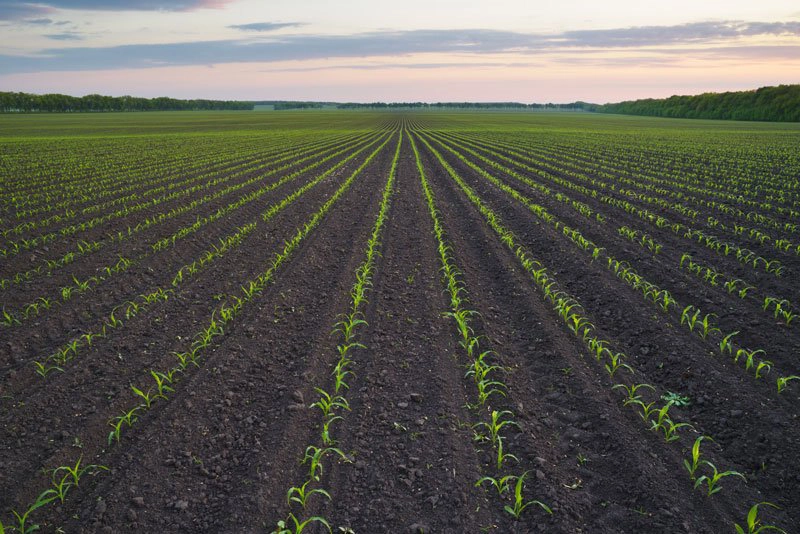How are Thousands of Landowners Receiving an Average of $1,700 Per Acre in Tax Deductions?
How are Thousands of Landowners Receiving an Average of $1,700 Per Acre in Tax Deductions?
By Tyler Bruch, Co-Founder/Farmer, Boa Safra Ag
Sponsored by Boa Safra Ag

LR_BoaSafraAg-01
Legacy Nutrient Deductions
What Land Qualifies?
Boa Safra Ag’s Role

Our Three-Step Process:
1. Assess the Soil Nutrients:
We conduct a thorough assessment of the volume of soil nutrients at the time of purchase or inheritance. This may involve taking new soil tests or reviewing existing soil tests, along with any prior records of application, crop production, or grazing activities.
2. Ascribe Value to the Nutrients:
We determine the economic value of the nutrients by matching the type of nutrient to its market price and geographic location at the time of the land’s acquisition. This precise approach ensures the valuation is accurate and reflects the true potential benefit to the landowner.
3. Report with Strict Adherence to IRS Guidelines:
We document the value of the Legacy Nutrients in a report that strictly adheres to IRS guidelines. Landowners then share this report with their CPAs, who determine the most beneficial way to apply these deductions under one of the four relevant tax code sections.
Additional Eligibility and Filing Details

How Legacy Nutrient Deductions Can Benefit You
Protect Your Income:
Legacy Nutrient Deductions are not just a tax strategy; they’re a way to protect the hard-earned income from your farm or ranch. Depending on how you hold title to your property, the deduction may be available to protect off-farm and off-ranch income as well. While it’s true that taking these deductions can lower the tax basis of your property—a concern if you’re thinking of selling within the next 18 months—it’s a move that can significantly shield your cash flow if you plan on keeping your land longer.
Speed Up Your Sale:
If you’re considering selling your property in the near future, quantifying the value of the nutrients present in your soils allows you to market the tax advantages of buying your land. It’s a compelling way to boost your land’s appeal and can accelerate sales transactions. Numerous sellers and brokers have successfully used this strategy to secure better prices faster.
Gain an Edge in Buying:
As a buyer, assessing the potential for Legacy Nutrient Deductions can give you a clear advantage. Incorporating these tax savings into your purchase offers ensures you’re making a shrewd investment. It’s a strategic approach that keeps you competitive—because, let’s face it, no one likes being left at the altar with the second-highest bid on a piece of land they truly want!
Invest Your Savings Wisely:
Furthermore, many landowners reinvest the financial benefits gained from these deductions into enhancing their properties—be it through upgrading irrigation systems or even using the funds as down payments for expanding their acreage. It’s about turning a good move on paper into practical growth and improvements on your land.
Can this tax strategy work for you?

Tyler Bruch, Co-Founder/Farmer, Boa Safra Ag







